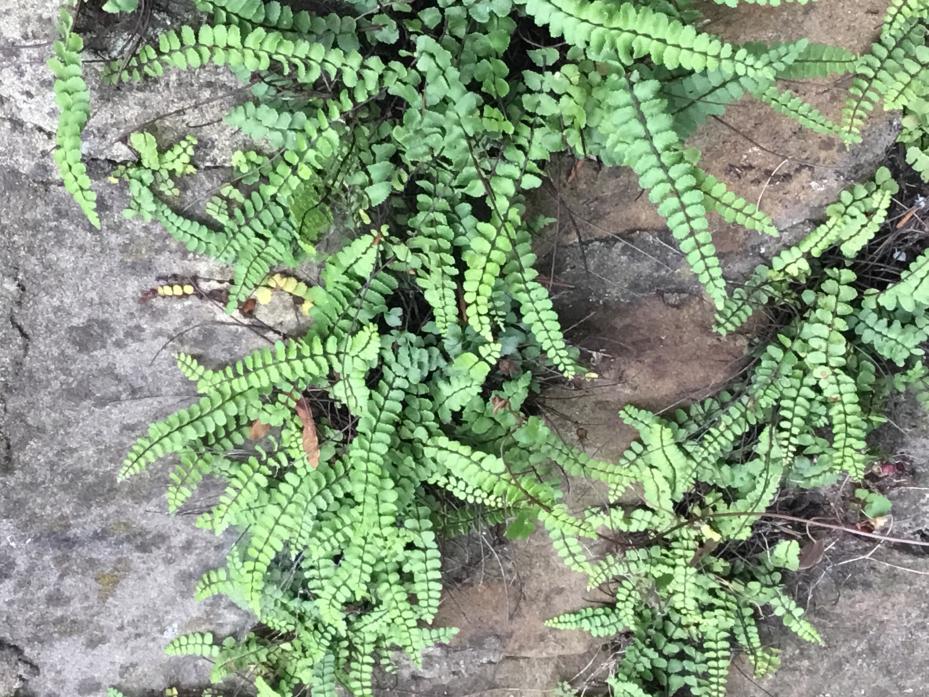
Maidenhair Spleenwort Asplenium trichomanes
YOU should be pleased whenever you see this delicate little fern since, along with certain mosses, it heralds relatively unpolluted air, and it grows right inside the town of Barnard Castle in some profusion.
Maidenhair spleenwort (not to be confused with the more delicate and much rarer Maidenhair fern) likes cracks and crevices in limestone walls and other basic rocks, and can be found looking green and healthy even during the hardest winters, often in association with another small fern: wall rue.
It is common throughout the United Kingdom up to 2,850ft, but is absent in Orkney. It is also commonly found in Russia’s Volga region, Norway and the Faroe Islands.
In Britain, historically, such ferns were limited in their habitats to dark, humid places, and, as Max Walters, former director of Cambridge Botanic Gardens, discovered some years ago, they probably enjoyed a surge in distribution with the expanding railways, which had provided new suitable growing places under platforms and in shunting yards, etc.
Having noted the occurrence of these ferns both on church walls and around railways, Walters called the habitats “ecclesiastic” and “ferroviatic”.
The fronds bear small green leaves called pinnae and are arranged alternately on the strong black stem, and, like most ferns, maidenhair spleenwort has patterns of brown spore-producing “sori” on the reverse. The ferns we see are spore producers, and these tiny, dust-like, spores are blown about by the wind in their thousands. They seek out the dark, humid cracks and crevices in these relatively undisturbed structures where there is almost no competition, and there they germinate in the moist atmosphere.
And in these dark and secret places they have a sex life where, on a growth, or mat of green tissue the male and female parts develop, resulting after fertilisation in a tiny but perfect baby fern.
Although the site of germination must be so particular, the resulting fern flourishes easily, even on your windowsill.
Culpeper’s herbal mentions spleenwort and, understandably, its virtues are said to be mostly for infirmities of the spleen.
Also the root, boiled and made into a potion, was said to cure melancholia arising from the French disease syphilis – who wouldn’t be downcast? – and, gargled, even cure hiccups.
Dr Richard Warren is a botanist from Barnard Castle





